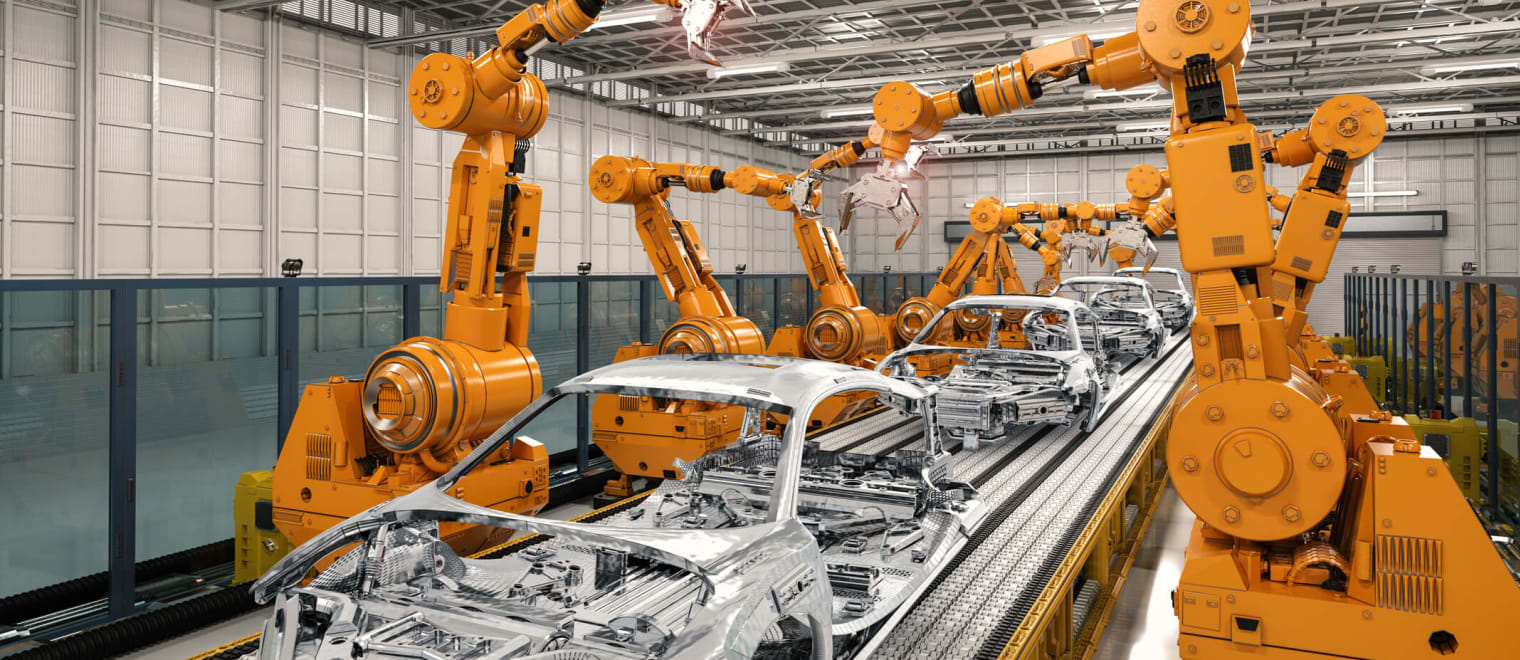This informal CPD article High-Tech Industry - Riding the Disruptive Waves was provided by Cambashi, a leading global industry analyst & consulting firm.
The high technology (high-tech) industry is at the cutting edge, driving innovation across virtually every other manufacturing industry. Like many industries, high-tech is undergoing significant transformations driven by waves of technological and economic change. 5G networks, blockchain, and artificial intelligence (AI) are driving technology development, and “big tech” companies such as Amazon, Meta, and Google continue to redefine the way services are delivered to customers.
These disruptive digital waves are causing high-tech companies to reinvent themselves and their products, business models, and processes. For those engaged in the high-tech space, the pace of change means they will need deeper industry insights, underpinned by industry training, to enable them to not only understand the challenges, but also maximise their opportunities.
The Technology Wave
Today, innumerable products in the global economy rely on microchips, from computers and electronic devices to perhaps less obvious products, such as motor vehicles and industrial machinery. Products produced across the manufacturing industry are increasingly becoming ‘smart’ by incorporating high-tech features, components, and software.
For example, in the automotive sector, modern vehicles make extensive use of electronic systems and software. Power steering, brakes, infotainment, heating and air conditioning, engine controls, and lighting systems all rely on microchips to function. A modern car might include 80 electronic control units, consuming 1,500 – 3,000 microchips. For Battery Electric Vehicles (BEVs) and plug-in hybrid cars this can be even higher.
In such a technology-driven industry the success or failure of high-tech companies relies to a large extent on their IT infrastructure and software applications. High-tech companies are often early adopters of new IT technologies, gaining technological, process, and commercial advantage.
High-tech IT investment aims to:
- improve innovation and efficiency in design, and manufacturing – across the whole supply chain;
- reduce costs across the whole business;
- speed up time-to-market.
Factory automation, the use of robots, flexible production lines, just-in-time production systems, and quality management are core technologies essential to manufacturing performance. The industry has also been instrumental in advancing information technologies which support business processes across the value network including Enterprise Resource Planning (ERP), Supply Chain Management (SCM), and Lifecycle Management (PLM).













